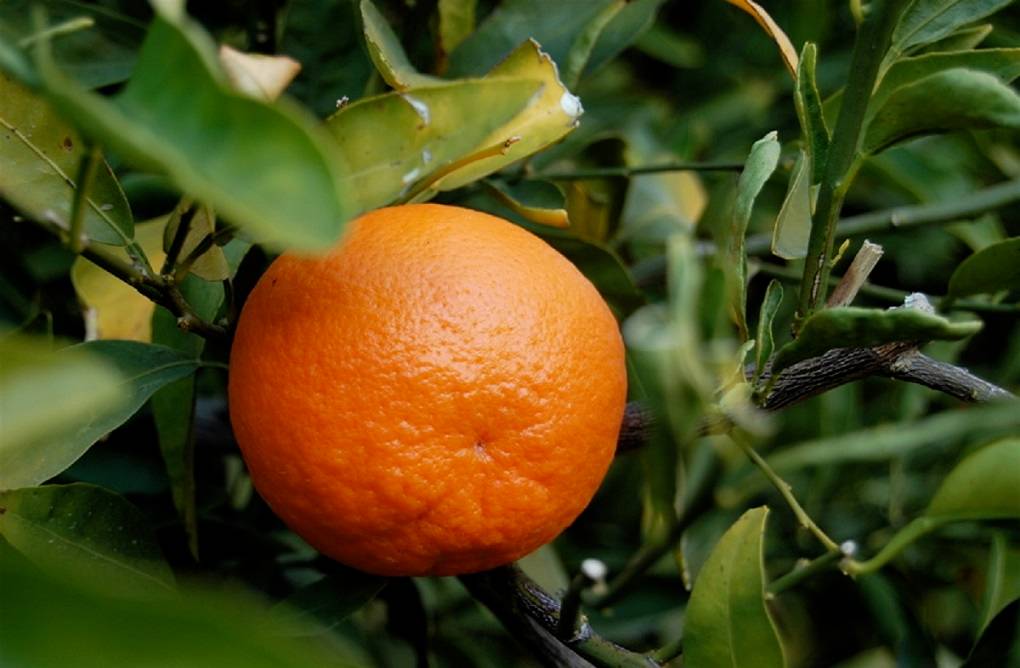
Many people get confused while shopping for citrus fruits, especially when all of them have a similar round shape, outer texture, and color. When it comes to distinguishing between mandarins and tangerines, we need to make one thing clear, tangerine is a type of mandarin fruit.
What are Mandarins?
The mandarin orange is a citrus fruit that originated in ancient China. This fruit is smaller than an orange but has the same appearance. However, unlike an orange which is spherical in shape, mandarin is more oblong. Its skin is smooth and thinner than most citrus fruits, making it easier to peel. It is also relatively easy to separate the inner segments of mandarin.
There are several different varieties of mandarins. The satsuma mandarin or Citrus unshiu is a mandarin that originated in Japan. Ponkan mandarins or citrus reticulate Blanco is a type of mandarin that grows widely in parts of China, Spain, the Philippines, and Brazil. Citrus tangerine or tangerines is another popular type of mandarin that originated in Tangiers, Morocco.
What are Tangerines?
Tangerine is a type of mandarin orange that has a reddish-orange peel than other varieties of mandarins. This variety of mandarin orange gets its name from Tangiers, Morocco, the place of its origin. Tangerines have softer skins than oranges and are sweeter and less tart in taste than oranges. It is also rounder and spherical in shape.
Nutritional Value of Mandarin and Tangerine:
Both mandarins and tangerines are very nutritious. One medium mandarin has at least 50 calories, 2 grams of fiber, 12 grams of carbs, 1 gram of protein, and 3% of magnesium. 4% of copper, approximately 1% of iron, and 26% of the daily value of vitamin C. On the other hand, one medium tangerine is about 85% water. It also has at least 50 calories, 2 grams of fiber, 1 gram of protein, 12 grams of carbs, a quarter of the daily value of vitamin C, approximately 3% of vitamin A, and 3% of potassium.
The vitamin C present in both tangerines and mandarins works wonders for our skin, it heals wounds and ensures proper immune function. Similarly, the fiber present in both of the fruits feeds the beneficial bacteria in our gut which aids digestion and reduces our risk of developing chronic health conditions like diabetes.
Benefits of Mandarin and Tangerine:
Mandarin- Mandarins are a rich source of plant-based compounds like flavonoids which are antioxidants that prevent the oxidation of free radicals in our body. Without antioxidants, these free radicals will go through the process of oxidation which increases the risk of developing heart diseases and diseases like cancer. Oxidation also speeds up the aging process.
Mandarins have a lot of vitamin C which helps strengthen our immune system as it boosts the function of our immune cells whilst simultaneously promoting the death of harmful bacteria. Vitamin C also shortens the wound healing time. Mandarins are also a rich source of soluble fiber. It helps to soften our stools and promotes healthy bowel movements.
This fruit has some trace amounts of insoluble fiber as well which goes through our stomach and into our intestine completely undigested. However, it feeds the good bacteria present in our gut which reduces instances of constipation and even promotes our mental health. Frequent consumption of citrus fruits such as mandarins also reduces the risk of forming kidney stones.
Tangerines- Just like mandarins, tangerines are also a rich source of antioxidants and vitamin C. Therefore, it protects our body from oxidative stress, boosts our immune system, and even keeps our brain healthy. It helps us lose weight as by consuming tangerines, a fruit that is low in calories and has a high-water content, we increase our daily fiber intake. The fiber present in tangerines regulates our appetite and keeps us full for a long time.















